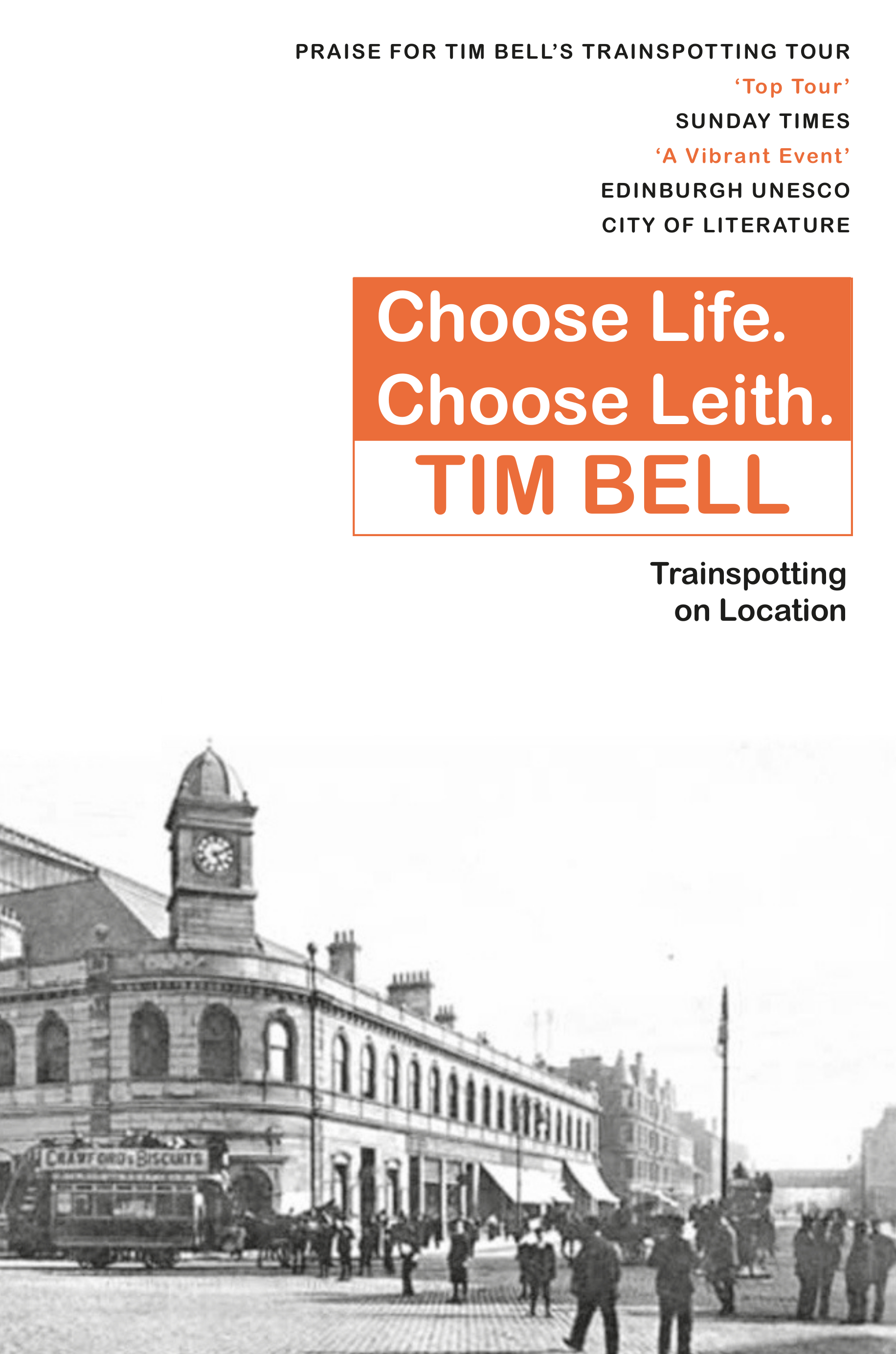From Chapter 25: Trainspotting the Film: Diane
Almost the first thing we hear from Diane is delivered in the style of a man-savvy gallus young Glasgow woman: ‘The truth is that you’re the quiet, sensitive type, but if I’m prepared to take a chance I might just get to know the inner you: witty, adventurous, passionate, loving, loyal, a little bit crazy, a little bit bad, but, hey, don’t us girls just love that?’ (p.34). Thereafter her register of speech changes, but we don’t know her screen age until after she has had sex with Renton. This leaves Renton with absolutely no defence against the charge that he is a sex offender, a real concern in real life, and he remains tense about it. It’s all passed off lightly, and it becomes a running joke: ‘Too young for what?’ (p.75) she asks scornfully as she invites herself in to Renton’s flat where she can smell hash.
The character who provides the key to overcoming the Monster needs to be younger than Renton – his contemporaries and elders have had no success. In 1996 the Independent on Sunday reported that almost 70 per cent of young people with an average age of 19 years had experimented with an illegal drug in the previous six months, and a shade over 50 per cent of school leavers had experience of recreational drugs. Furthermore, whereas heroin in the previous decade had been predominantly a drug of the poor inner city areas, the new recreational drugs – Ecstasy chief among them – had spread throughout society both economically and geographically. The government’s ‘Don’t Die of Ignorance’ campaign was by now well established; Diane shows she has been paying attention in her sex and health education classes when she throws a condom on the bed.
So we have this middle class school kid, (her school uniform, her parents’ flat and the view from the window, are all clearly middle class) an attractive identifier for the core target audience of the film who had come to the realisation that heroin is dangerous some time earlier, maybe at around Diane’s screen age. She and her 1996 audiences are comfortable in the rave scene while the sometime junkies are ill at ease.
The significant difference between Diane and Tommy is their age: if he had been, say, ten years younger, he, too, would have had health education at school, and the drug scene would have moved on. For the 1996 audience Tommy is the film’s identifier with the unready, unfortunate generation of Leithers who found heroin so easily available and who were drawn to it with such catastrophic consequences. This is part of Trainspotting’s cachet; in addition to being entertained the audiences were expecting real history and grim reality. He tells a story of the 1980s, and she of the 1990s.
The plot doesn’t require the one who gives the secret of overcoming the Monster to be a girl, but she is, and therein lies Diane’s second important function. A film with an all-male cast of principal actors would have been a very different film. She brings nudity and a sex scene, pretty much a requirement for a film aimed at a young sexually active audience. There isn’t any space in this fast moving film for the lengthy professionalised rehab process for junkies. Diane fills the gap, with her simple unstated message that heroin is history, that junkies have nothing to offer and, stated, that Renton has to ‘find something new’ (p.76). Although it is she who persuades Renton that his choice is not between life with heroin and boring conventional life, but between heroin and a sporting chance of seeing the age of 30, it’s important that she is not there at the end as he strides across the bridge to his bright new future. He couldn’t be sharing it with her. She’s young enough and wise enough to look after herself. This isn’t a love story.

